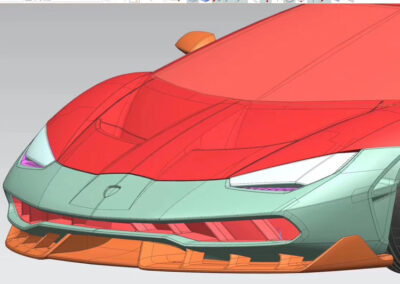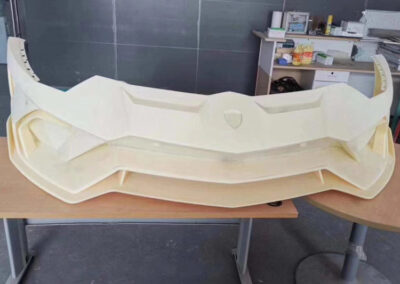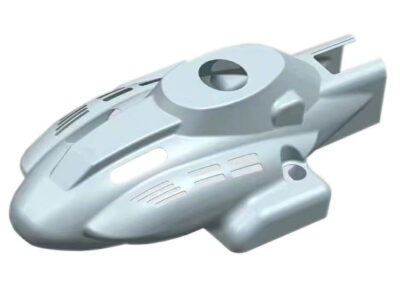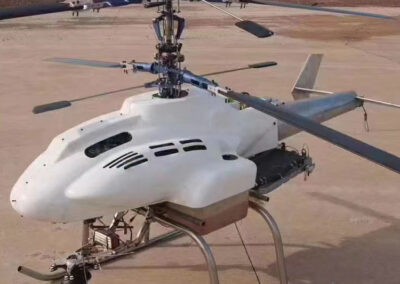3D Prototyping Services
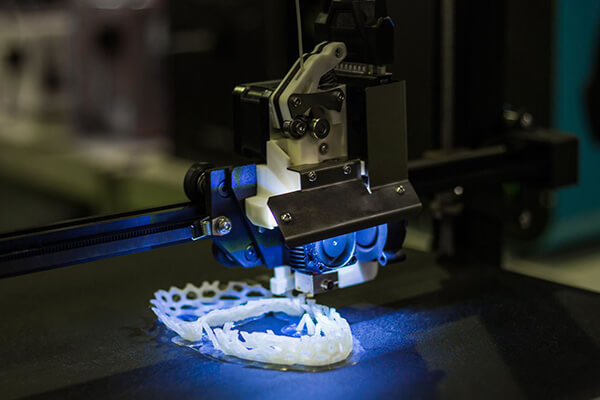
A Full Range of 3D Prototyping Services
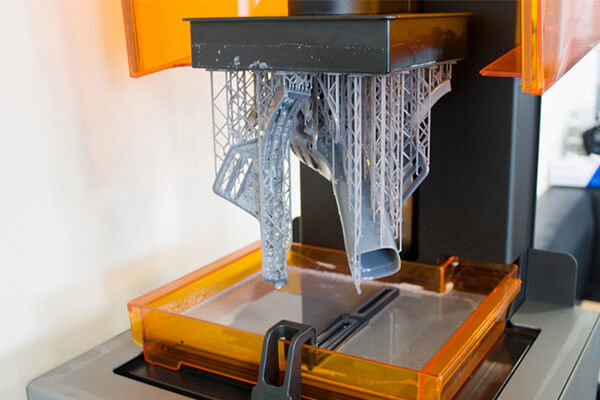
Stereolithography (SLA)
Stereolithography (SLA) stands as the pioneering industrial 3D prototyping technique. Renowned for its prowess in crafting intricately detailed parts, SLA printers deliver smooth surface finishes and precise tolerances. The impeccable surface quality of SLA-produced components isn’t merely aesthetic.
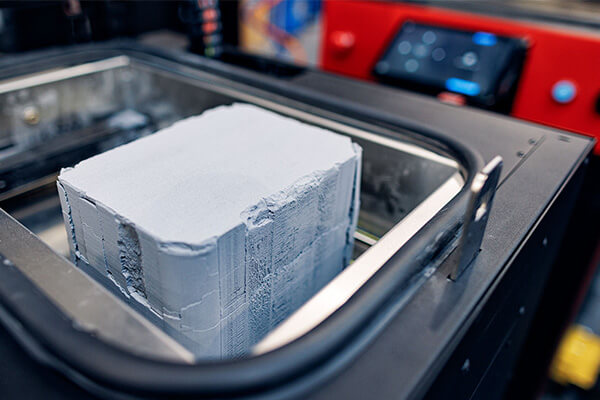
Selective laser sintering (SLS)
Selective laser sintering (SLS) involves the fusion of nylon-based powders, effectively transforming them into robust plastic structures. SLS components, hailing from authentic thermoplastic materials, exhibit durability, rendering them apt for functional testing. While SLS parts surpass their SL counterparts in strength, their surface finishes tend to be coarser.
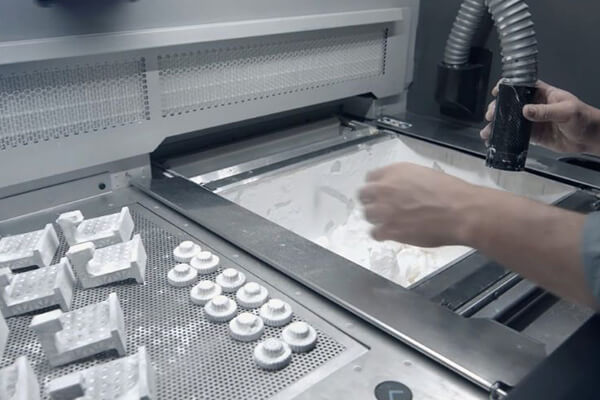
Multi Jet Fusion (MJF)
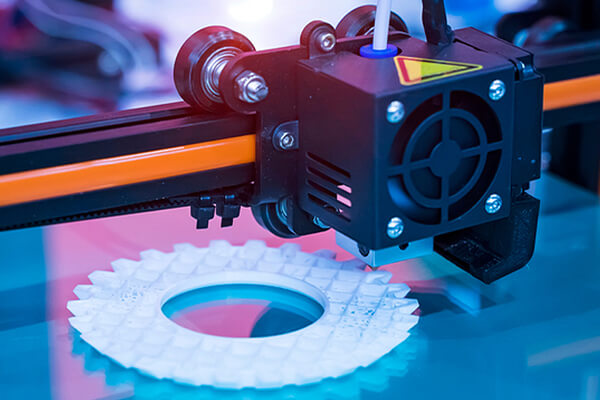
Fused deposition modeling (FDM)
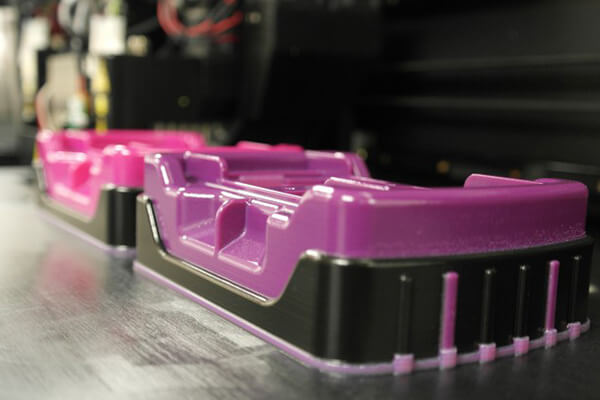
PolyJet
PolyJet has the capability to manufacture components with a wide range of characteristics, including different colors and materials. Designers can take advantage of this technology when creating prototypes of elastomeric or overmolded parts. However, if your design is based on a single rigid plastic, we recommend following SL or SLS.
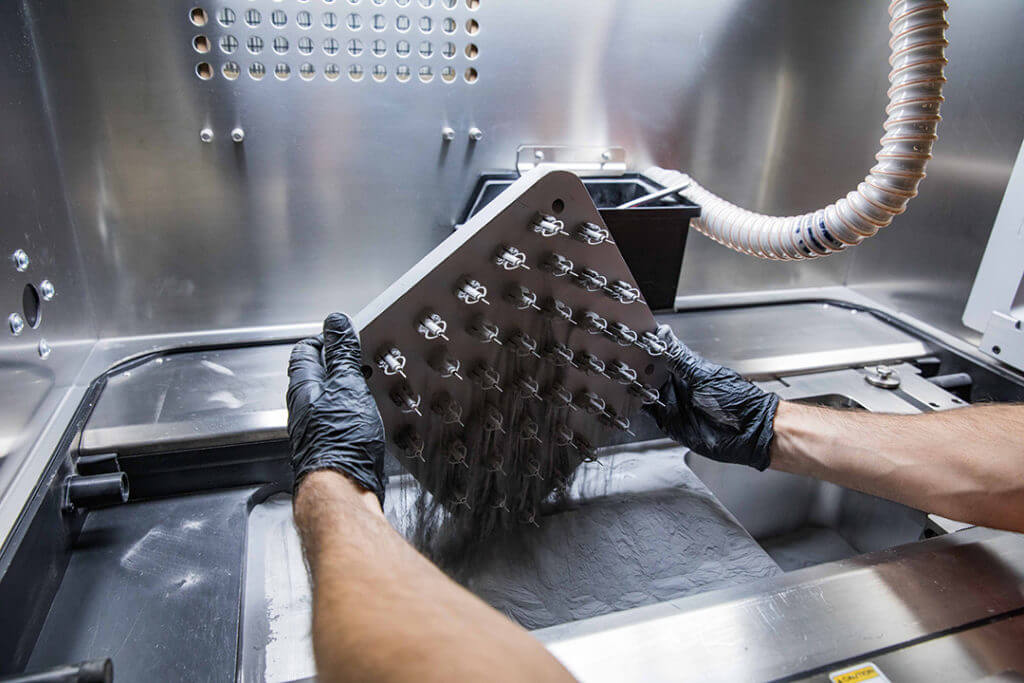
Metal 3D Printing - DMLS
3D Prototyping Compared with Traditional Prototyping
3D prototyping offers advantages in terms of speed, cost-efficiency, design complexity, customization, waste reduction, and risk mitigation compared to traditional prototyping methods. These benefits make it a valuable tool for product development and innovation in various industries.3D prototyping offers several advantages when compared to traditional prototyping methods, such as machining or handcrafting.
- Speed and Efficiency: 3D printing can significantly reduce the time required to create prototypes. Traditional methods often involve labor-intensive processes that can take days or even weeks, while 3D printing can produce a prototype in a matter of hours or days.
- Cost-Effective: While the initial investment in a 3D printer may seem high, it can be more cost-effective in the long run. Traditional prototyping methods often require expensive tooling and materials, especially for complex designs.
- Complex Geometries: 3D prototyping allows for the creation of intricate and complex designs that may be challenging or impossible to achieve using traditional methods.
- Customization: 3D printing enables easy customization of prototypes. Changes to the design can be implemented quickly and without incurring significant additional costs.
- Reduced Waste: Traditional prototyping often generates a substantial amount of material waste, especially when subtractive manufacturing methods are used. 3D printing is an additive process, meaning material waste is minimal, making it more environmentally friendly.
- Risk Reduction: Prototyping with 3D printing allows for the identification of design flaws and functional issues early in the development process, reducing the risk of expensive errors in later stages of production.
- Material Variety: 3D prototyping supports a wide range of materials, including plastics, metals, ceramics, and even composites.
Sustainable Materials in 3D Prototyping
Sustainable materials in 3D printing are materials that minimize environmental impact and promote eco-friendly practices throughout the entire lifecycle, from production to disposal. Here are some sustainable materials commonly used in 3D prototyping:
- PLA (Polylactic Acid): PLA is one of the most popular sustainable 3D prototyping materials. It’s derived from renewable resources like cornstarch or sugarcane, making it biodegradable and compostable. PLA is widely used for prototyping and is known for its ease of use and low environmental impact.
- PHA (Polyhydroxyalkanoates): PHA is another biodegradable and bio-based thermoplastic that can be used as a sustainable alternative to traditional plastics in 3D printing. It’s compostable and derived from renewable resources.
- Recycled PETG: PETG (Polyethylene Terephthalate Glycol) is a durable and flexible thermoplastic. Recycled PETG filament is made from post-consumer or post-industrial plastic waste, reducing the need for new plastic production.
- Recycled Nylon: Nylon is a strong and versatile material used in 3D printing. Recycled nylon filament is made from post-consumer or post-industrial nylon waste, reducing the demand for new nylon production.
- Silicone and TPE Filaments: Thermoplastic elastomers (TPE) and silicone-based filaments are used for flexible and rubbery 3D prints. They can be recyclable and offer durability.
When using sustainable materials in 3D printing, it’s essential to consider the entire lifecycle of the product, including material sourcing, printing process, and disposal. These materials offer a more environmentally friendly option for 3D prototyping projects while still maintaining the versatility and functionality required for various applications.
3D Printing Prototyping Process
3D printing prototypes involves several steps, from designing your model to preparing the 3D printer and post-processing the printed object. Here’s a general overview of the process:
- Design Your Prototype:
Begin by creating a 3D model of your prototype using computer-aided design (CAD) software. You can design your own model or use pre-made designs available online. - Convert to STL Format:
Export your 3D model in STL (stereolithography) format, which is the standard file format for 3D prototyping. STL files define the geometry of your object in a way that 3D printers can understand. - Prepare the 3D Printer:
Ensure your 3D printer is set up correctly and calibrated. This includes leveling the build platform, loading the appropriate filament, and checking for any mechanical issues. - Slicing the Model:
Use slicing software (e.g., Ultimaker Cura, PrusaSlicer) to convert your STL file into G-code, which contains instructions for the 3D printer. Adjust settings like layer height, infill density, and support structures as needed. - Load the G-code:
Transfer the generated G-code file to your 3D printer. This can be done via USB, SD card, or direct connection if your printer supports it. - Printing the Prototype:
Start the 3D printing prototyping process. The printer’s nozzle or laser will heat up, and the print head will move layer by layer, depositing material (usually plastic filament) to create your object. Monitor the print for any issues. - Post-Processing:
After the print is complete, remove the object from the build platform. Depending on the printing method and materials used, you may need to:
Remove support structures if they were used during printing.
Sand or trim rough edges or imperfections.
Assemble multiple parts if your design is not a single piece.
Apply paint, coatings, or other finishing touches as necessary. - Test and Evaluate:
Assess the printed prototype for accuracy, functionality, and fit. If any adjustments are needed, return to the CAD software to modify the design and repeat the printing process.
Remember that 3D prototyping can be a trial-and-error process, especially when prototyping. Each design may require adjustments and fine-tuning to achieve the desired results.
Applications of Rapid Prototyping 3D Printing
Rapid prototyping 3D printing has a wide range of applications across various industries due to its ability to produce prototypes and functional parts quickly and cost-effectively. Some common applications include:
- Aerospace: Aircraft interiors, engine components, and even entire rocket engines.
- Automotive: Concept car models, engine components and custom vehicle interiors.
- Medical and Healthcare: Custom prosthetics, orthodontic devices, patient-specific implants, and anatomical models for surgical planning and education.
- Dental: Dental models, crowns, bridges, dentures, and clear aligners.
- Architectural Models: Detailed scale models of buildings and landscapes
- Consumer Electronics: Customize cases, enclosures, and other components for devices such as smartphones and wearables.
- Education: Teaches design, engineering, and manufacturing concepts.
- Historical Preservation: Reconstruction and restoration of cultural relics and sculptures, preservation of cultural heritage.
These applications highlight the versatility and adaptability of rapid prototyping 3D printing across industries, enabling faster innovation, reduced development costs, and greater design flexibility. As 3D printing technology continues to advance, its potential for new applications will likely expand further.
Sungplastic–3D Prototyping Manufacturer
3D prototyping is an efficient manufacturing process that enables faster, higher quality engineering designs. This technology offers you a wide range of design possibilities and efficient engineering that saves time and money, and offers the advantage of easier design testing and overall prototyping. If you need to manufacture high-quality prototypes at a lower cost, then 3D prototyping technology will be the perfect solution for your rapid prototyping needs.
Finding an experienced manufacturing partner is critical before starting a 3D prototyping project. Sung Plastic is your best choice for creating high-quality 3D printed prototypes. We provide superior 3D printing technology, materials and expertise to help you achieve the best results in your projects. Let us provide a prototype quote for your next project before you go into high-volume manufacturing, and we’ll work closely with you to ensure its success.
Get a free quote and design analysis today.
We’ll reply to you within 6 working hours.
We respect your privacy.
+86 139 2927 4777 (WhatsApp, Wechat)
Related 3D Printing Resources
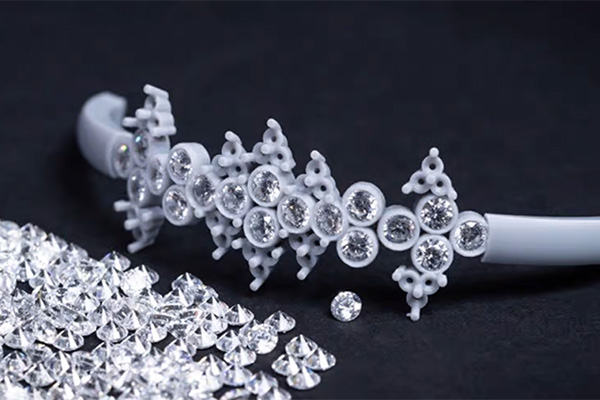
Jewellery Prototyping: Rapid Prototyping in Jewelry Industry
[pac_divi_table_of_contents...
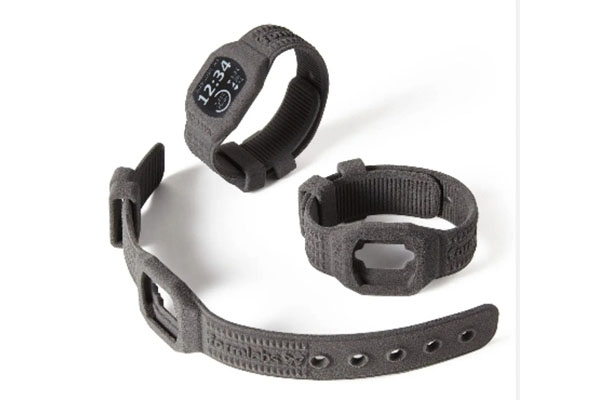
3D Print Finishing: Guide For Finishing 3D Printed Parts
[pac_divi_table_of_contents...
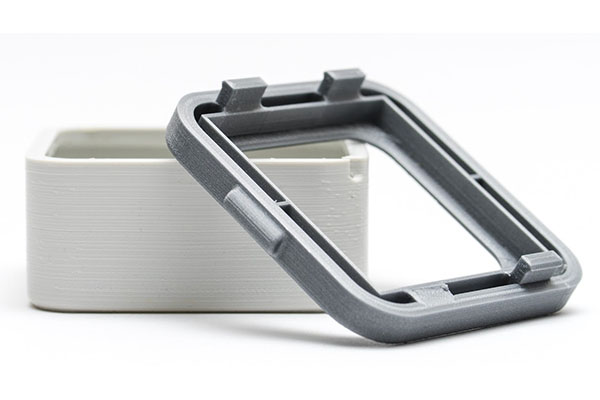
3D Printed Enclosures and Injection Molded Enclosures Design
[pac_divi_table_of_contents...

